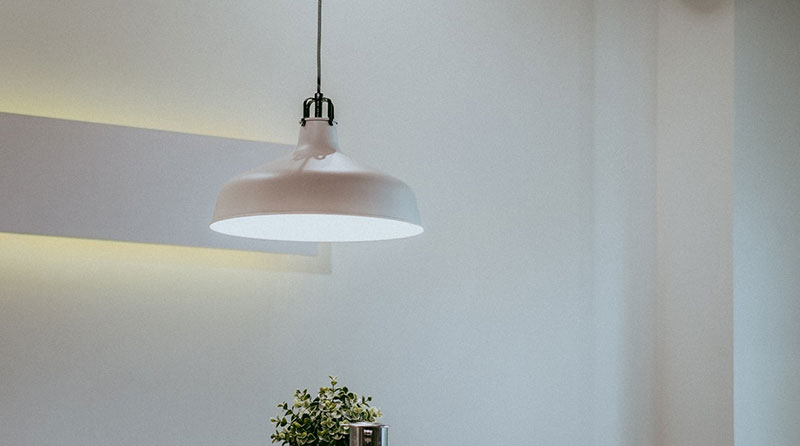Advertisement
Among many other things, one of the most important elements of any room is lighting. More than just increasing visibility, it also makes a room appear larger, improves its safety, and makes it seem more lively.
Yes, a room’s lighting can influence the mood of anyone in it. That’s why it’s important to plan your room’s light sources. Lamps Lab recommends looking for the best and most appropriate light source for each room’s purpose. Unsure how that’s relevant? Here’s how lighting impacts a room.
Different Effects of Lighting in a Room
Every room serves a unique function. Aside from the furniture and appliances in it, how you choose to illuminate it helps make sure it serves its intended purpose. Here are some of the most common effects of lighting in a room:
Strong Emotions
Bright lights subconsciously encourage us to feel stronger emotions or experience them more intensely. Light is a form of energy, so the more a room has it, the more intense the energy in it is. As such, you will often see bright lights used in areas where there’s a lot of activity.
Calmness
Dim lights don’t necessarily remove or discard emotions. Instead, they keep them steady. They allow the person in a dimly-lit room to make rational decisions. The more control you have over your emotions, the better your decisions tend to be. Dim lights are installed in rooms where you need to feel calm, like a bedroom or bathroom.
Flexibility
As mentioned, lighting also plays a role in how functional a room is. Modern light installations adjust to the person’s needs, making them more flexible than their older counterparts. For example, your bedroom is where you sleep, but sometimes, it’s also where you work or study.
The problem is that if you have bright lights, you might have trouble sleeping. On the other hand, dim lights might make it harder for you to do essential tasks. With the correct light sources, you can use your room for multiple purposes.
Some lights are now dimmable to help you feel more relaxed. Even better, you can adjust the same light source to be a bit brighter when you need to feel energized.
On the other hand, you can also choose to install multiple light sources. For example, the main light is for a brighter environment. Then, you can add a standing lamp or a desk lamp so that you have an auxiliary light for a calming effect.
Safety
Safety is another essential aspect of a room’s lighting. An ample amount of light allows you to see hazards in a room, like in the kitchen, where knives and other sharp objects might be lying around.
If the main light in the kitchen is not enough to illuminate everything, it’s a great idea to add auxiliary lights for specific parts of the room. For instance, you can install pendant lamps in your kitchen for a cozier atmosphere while having brighter lights to illuminate cabinets, stoves, and other workspaces that need lighting.
Additionally, appropriate lighting can also prevent glare and reduce the risk of accidents. You are also less likely to suffer from headaches and eye fatigue.
Productivity
Natural light has the power to boost a person’s productivity. That’s because our bodies follow a circadian rhythm in sync with day and night. During the day, we are more active, allowing us to take on different tasks. At night, our bodies slow down and prepare for sleep.
So, how is this relevant to a room’s lighting? If you install a light source that mimics daylight in a dark room, it stimulates the brain and makes it think it’s daytime. Because of this, a person’s alert levels are heightened, which leads to a boost in productivity. That’s why if your workstation doesn’t have access to natural light, the next best solution is to install bright lights.
Illusion of Space
Proper lighting can also create the illusion of space in a room. If you paint the walls of a small room with a light color, place a few reflective decorations, and install adequate light sources, you can add depth to the room.
The reflections, combined with the light illuminating every part of the room, trick your eyes into seeing more space than what is actually there. That’s why it’s important for people with small rooms to learn how to make their room look bigger by using light and other fixtures.
The Importance of Room Lighting
Home improvement is not always about kitchen renovations or backyard installations. Sometimes, it’s something as simple as installing or adding light sources to different parts of your home.
The lights you need for each room depend on its purpose and how you want the light to affect it. Familiarize yourself with all the different effects of lighting in a room to maximize its potential.

